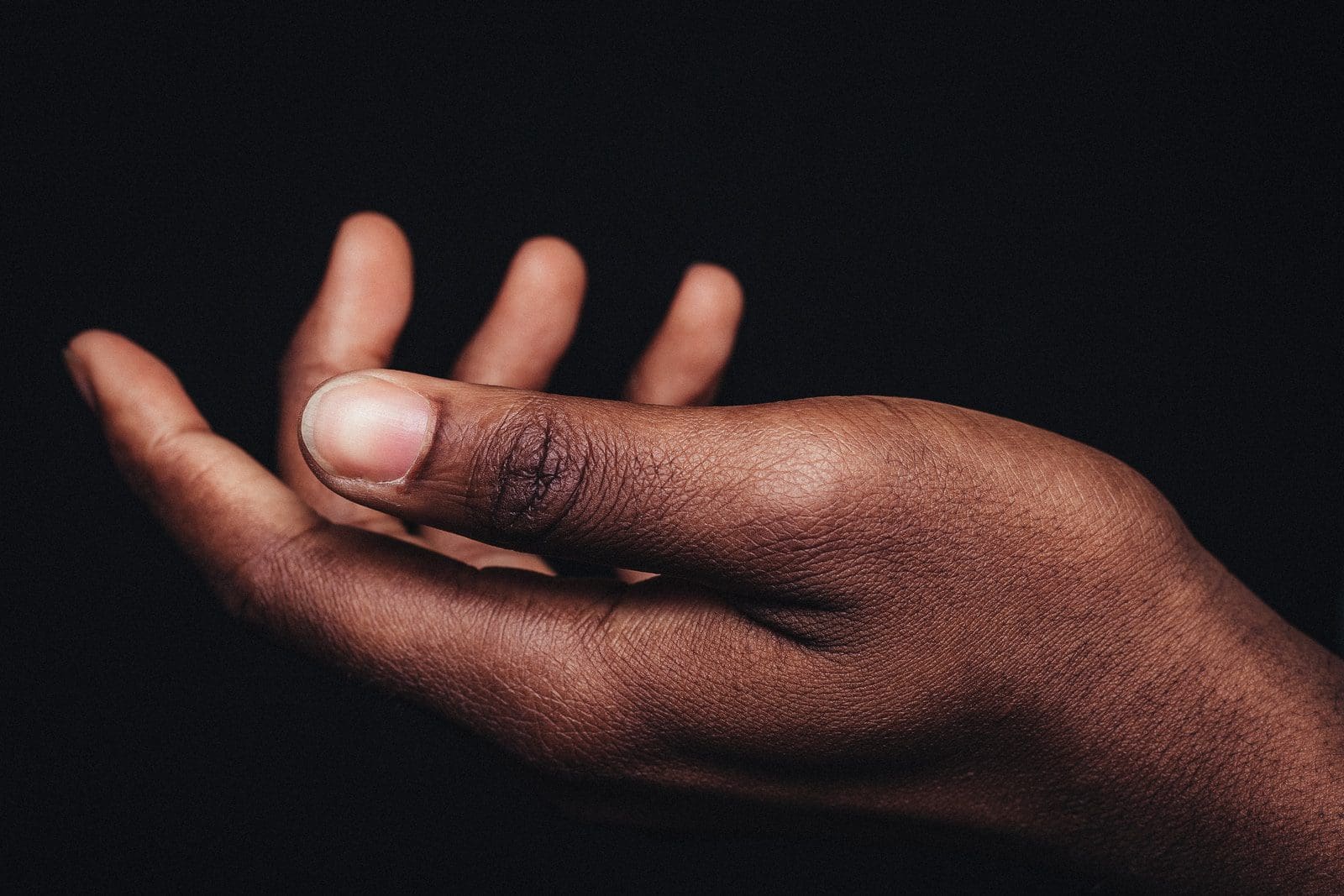Human anatomy is a complex study of the human body. The structure of the human body is so complex that it has 206 bones with thousands of nerves and several systems like the nervous system, respiratory system, digestive system, etc.
The human system consists of different organs which enable humans to do several activities. With internal organs, there are some external organs, like the five sense organs; our eyes, ears, tongue, nose, and skin.
There are vertebrates; they are animals with spinal cords, For example, humans, monkeys, lions, and All types of amphibians and mammals. Vertebrates and the spinal cord have some special features distinction in their hands and toes.
As humans are vertebrates, they have the most advanced type of spinal cord, which makes them stand erect with a posture different from that of other animals. Humans have different bones, Like short bones, long bones, irregular bones, And flat bones.
Several joints connect two bones making one body part. For example, hand leg, Shoulders hips. The joints of bones enable the movement of the body part; there can be one or more than one joint in one body part for example, Arm.
The arm has two joints; the same is true with the leg.
Key Takeaways
- The hand is the terminal part of the human upper limb, consisting of the wrist, palm, and fingers, used for grasping, manipulating, and sensing.
- The arm is the region between the shoulder and the elbow joint, containing the humerus bone and muscles that enable movement and strength.
- Although the hand and arm are both parts of the upper limb, they have distinct functions and anatomical structures, working together to perform various tasks.
Hand vs. Arm
The difference between hand and arm is the composition of bones and their works. The hand is part of the arm but differs from the forearm and upper arm.

Comparison Table
| Parameters of Comparison | Hand | Arm |
|---|---|---|
| Number of bones | 27 | 3 |
| Flexibility | Most flexible | Flexible to some extent |
| Functions | Holding things | Lifting things |
| Extended part of | Arm | Shoulder |
| Different parts | Four fingers, one thumb, and one palm. | The upper arm, forearm, elbow joint, and wrist |
What is a Hand?
According to human anatomy, the hand is the part below the wrist with a palm, four fingers, and one thumb. A normal human body has two hands, left and right.
There are different functions of hands. It is the most distinctive feature of a human being. It creates a huge difference between animals and human beings.
A person not having hands or having any disability in their hand is considered a disabled person. There are around 27 bones in one human hand which consists of the Phalanges, metacarpals, And carpals of the wrist.
It is the metacarpals that connect the finger phalange to the capitals. The hand does most of the activities of the human body; it is also the most flexible body part of humans, which enables them to do several activities like holding things, doing work, and enabling deaf or blind people to use them for their Sign Languages.
The hand is attached to the arm, strengthening and supporting certain activities. The hand is the human body’s most capable part, which sometimes enables it to defend itself from several attacks.
Life of a human becomes extremely difficult without a hand. Both hands, right and left, are equally important for people.
Although several people have a habit of doing work with one hand, for example, some people are lefty, which makes things difficult for them to do with their right hand.
Most people are right-handed. Hands consist of different parts which have their different anatomy, for example, fingers.
Doctors specializing in hands or arms are known as orthopedics or just hand surgeons in simple language.

What is an Arm?
According to human anatomy, the arm is a body part extending from the shoulder joint to the wrist. A normal human being has two arms.
It consists of the upper arm and forearm, joined with the elbow. Predominantly arm has three major bones; the ulna, humerus bone, and radius bone.
Among all three humerus bones is the main bone of the upper arm connecting it to the radius bone and ulna bone through the elbow joint. The humerus bone is also considered the strongest bone, it does not break away easily, and when it does, it signifies the extreme pressure put on the bone.
If any injury is done to the arm, the whole arm is removed in the process of amputation. A person having no arm or one arm or any disability in any of the arms is considered a disabled person.
Arm has major functions like supporting the hand and helping lift, pull, and push any object. Immense pressure can be put on Arms, but to a certain extent beyond that it might break away.
It also serves as the mediator between Shoulders and hands. Arm is responsible for several types of Movement done by human beings, for example, Flexion, abduction, Extension, and adduction.
These are muscle movements by the arm. I am also made stronger by several activities; during exercises, arm muscles are considered an important part of bodybuilding, like developing triceps and biceps. The stronger the triceps and biceps are stronger the person becomes, as it makes the body capable of lifting, pushing, or pulling more than a normal human being who is not doing arm exercises.

Main Differences Between Hand and Arm
- The hand is part of the arm, whereas the arm is the body part.
- The hand has 27 bones, whereas the arm has three major bones.
- The hand is helpful in activities like holding things, and the arm can lift, push, and pull things.
- The hand has four fingers and one thumb, whereas the arm does not consist of any finger or thumb.
- The hand is a comparatively more flexible body part of the human body than the arm.


An exceptional article that uncovers the complexity of human anatomy with a focus on the hand and arm. The detailed comparison featured in the article is elucidating.
The article enriches the reader’s comprehension of human anatomy by providing a detailed and accurate portrayal of the hand and arm. An intellectually stimulating piece indeed.
The vivid descriptions of the hand and arm, along with the detailed comparison, make this article a compelling and educational piece for readers. An engaging and thought-provoking perspective on human anatomy.
The article presents an in-depth understanding of the human anatomy. The focus on the hand and arm is especially enlightening and educational.
This article delivers a great summary of human anatomy. Elaborate and detailed description of the human body and all its intricacies makes this a thoroughly informative piece.
This content gave an elucidating insight into the human anatomy, particularly the differences between the hand and arm. A comprehensive and well-researched article overall.
The insights shared in the article reflect a deep and articulate understanding of human anatomy, particularly the function of the hand and arm. The author’s knowledge is commendable.
This article presents a profound understanding of human anatomy, with a focus on the hand and arm. The comprehensive information delivers an articulate and enlightening narrative.
The human anatomy is undoubtedly a fascinating and complex study. The author has done an excellent job at illuminating the intricate nature of our bodies.
The content in the article provides readers with an insightful and in-depth grasp of human anatomy. A thought-provoking and compelling read overall.